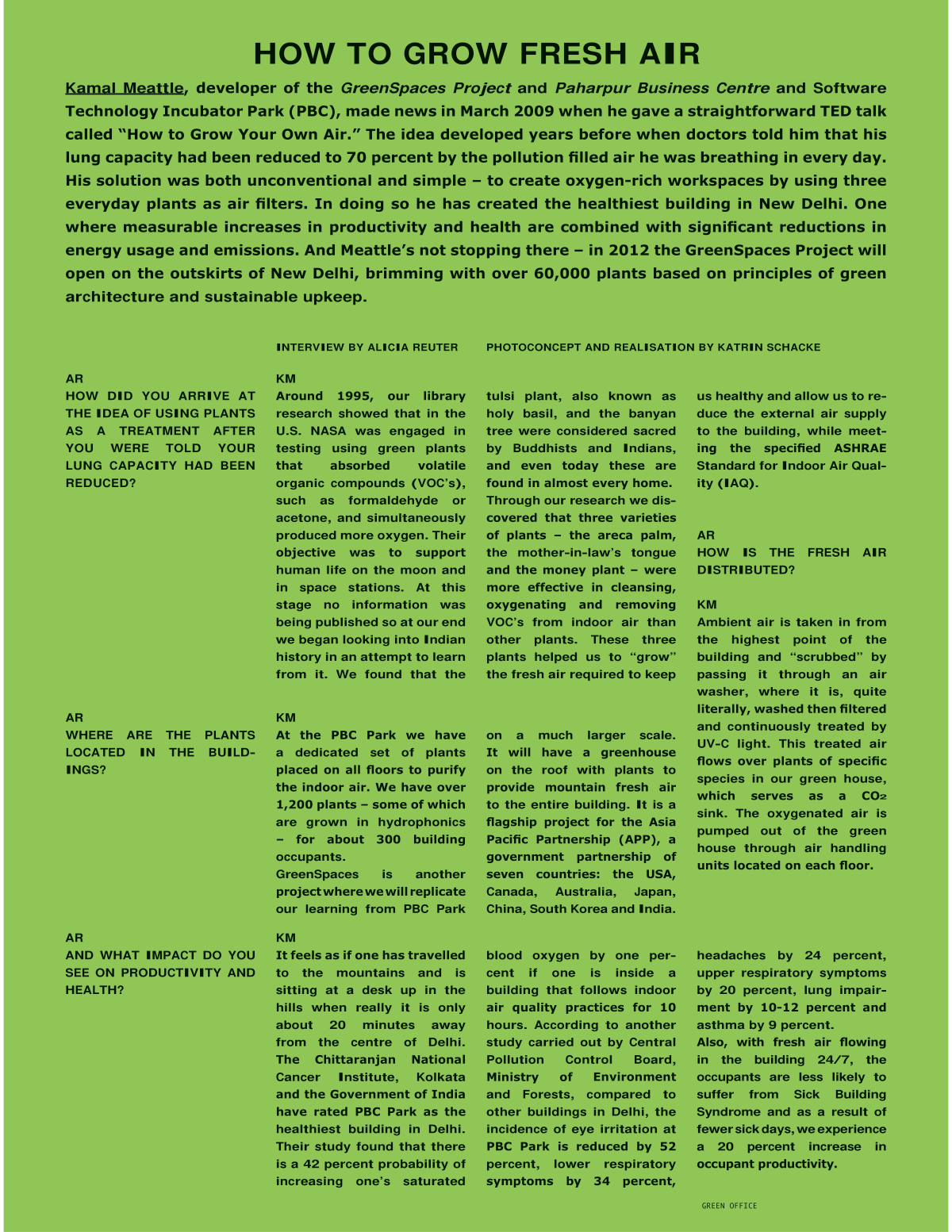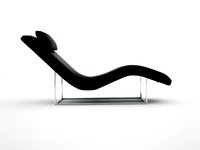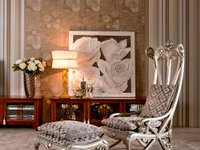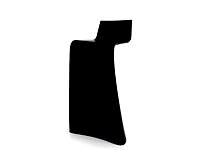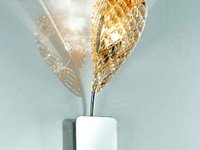AR
WHERE
ARE
THE
PLANTS
LOCATED
IN
THE
BUILD-
INGS?
HOW TO GROW FRESH AIR
AR
HOW IS THE FRESH AIR
DISTRIBUTED?
KM
Ambient air is taken in from
the highest point of the
building and “scrubbed” by
passing it through an air
washer, where it is, quite
�������������������������������
and continuously treated by
UV-C light. This treated air
����� ����� ������� ��� ���������
species in our green house,
������
�������
���
��
��²
sink. The oxygenated air is
pumped out of the green
house through air handling
���������������������������
INTERVIEW BY ALICIA REUTER
PHOTOCONCEPT AND REALISATION BY KATRIN SCHACKE
Kamal Meattle�������������������GreenSpaces Project and Paharpur Business Centre and Software
�������������������������������������������������������������������������������������������������
��������������������������������������������������������������������������������������������������
�������������������������������������������������������������������������������������������������������
��������������������������������������������������������������������������������������������������
����������������������������������������������������������������������������������������������������
�������������������������������������������������������������������������������������������������
����������������������������������������������������������������������������������������������������
��������������������������������������������������������������������������������������������������
architecture and sustainable upkeep.
AR
HOW DID YOU ARRIVE AT
THE IDEA OF USING PLANTS
AS
A
TREATMENT
AFTER
YOU
WERE
TOLD
YOUR
LUNG CAPACITY HAD BEEN
REDUCED?
KM
�������
������
����
��������
research showed that in the
U.S. NASA was engaged in
testing using green plants
�����
���������
���������
organic compounds (VOC’s),
such
as
formaldehyde
or
acetone, and simultaneously
produced more oxygen. Their
����������
����
���
���������
human life on the moon and
in space stations. At this
stage no information was
being published so at our end
we began looking into Indian
history in an attempt to learn
from it. We found that the
tulsi plant, also known as
holy basil, and the banyan
tree were considered sacred
by Buddhists and Indians,
���� ����� ������ ������ ����
����������������������������
Through our research we dis-
�������� ����� ������ �����������
��� ������� �� ���� ������ ������
the mother-in-law’s tongue
���������������������������
����� ���������� ��� �����������
������������ ���� ���������
VOC’s from indoor air than
other plants. These three
plants helped us to “grow”
the fresh air required to keep
us healthy and allow us to re-
duce the external air supply
to the building, while meet-
���� ���� ��������� �������
Standard for Indoor Air Qual-
ity (IAQ).
KM
��� ���� ���� ����� ��� �����
a dedicated set of plants
������������������������������
�����������������������������
�����������������������������
are grown in hydrophonics
�� ���� ������ ���� ���������
occupants.
GreenSpaces
is
another
����������������������������������
our learning from PBC Park
on
a
much
larger
scale.
��� ����� ����� �� ������������
on the roof with plants to
�������� ���������� ������ ����
to the entire building. It is a
��������� ��������� ���� ���� �����
�������� ������������ ������� ��
������������ ������������� ���
������ ����������� ���� �����
Canada,
Australia,
Japan,
China, South Korea and India.
AR
AND WHAT IMPACT DO YOU
SEE ON PRODUCTIVITY AND
HEALTH?
KM
����������������������������������
to the mountains and is
sitting at a desk up in the
hills when really it is only
about
20
minutes
away
from the centre of Delhi.
����
��������������
���������
Cancer
Institute,
Kolkata
������������������������������
����� ������ ���� ����� ��� ����
healthiest building in Delhi.
Their study found that there
is a 42 percent probability of
increasing one’s saturated
blood oxygen by one per-
cent
if
one
is
inside
a
building that follows indoor
���� ��������� ����������� ���� ���
hours. According to another
study carried out by Central
Pollution
Control
Board,
����������
���
�������������
and Forests, compared to
other buildings in Delhi, the
incidence of eye irritation at
���� ����� ��� ��������� ��� ���
percent,
lower
respiratory
��������� ��� ��� ���������
headaches by 24 percent,
upper respiratory symptoms
by 20 percent, lung impair-
����� ��� ������ �������� ����
asthma by 9 percent.
������ ����� ������ ���� ��������
in the building 24/7, the
occupants are less likely to
suffer
from
Sick
Building
Syndrome and as a result of
fewer sick days, we experience
a
20
percent
increase
in
������������������������
GREEN OFFICE


